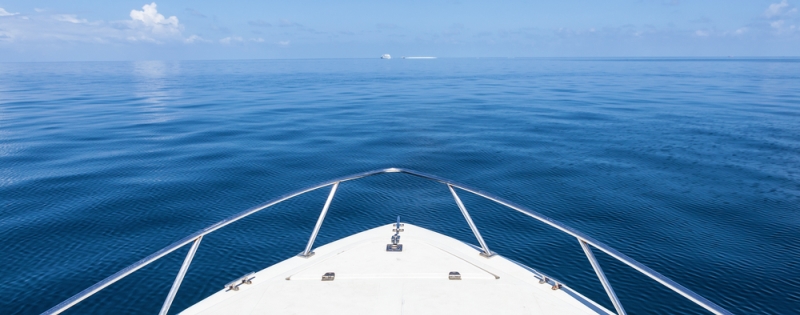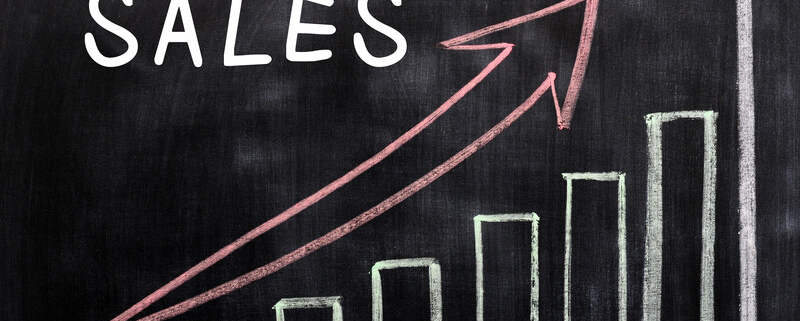As the stock market continues to show volatility, many people are looking into other types of investment opportunities.
Compared to stock investing, commercial real estate has the potential to provide tax advantages and serve as a safeguard against inflation and market fluctuations.
Fortunately, there are many ways to invest in commercial real estate, and you can tailor your approach to fit your comfort level, budget and lifestyle—all while creating a dynamic portfolio.
Let’s look at 10 of the most commonly overlooked investment opportunities in commercial real estate.
1. Flex Warehouses
Industrial commercial real estate currently offers some of the best returns on the market. As organizations continue to work out complex supply chain issues, flex warehouses are becoming a crucial tool.
This type of warehousing offers a combination of storage and office space. It’s a way to deliver versatility for companies that need to store inventory and have a customer-facing area.
2. Parking Lots
With more than 282 million cars on U.S. roads, finding a parking spot is often a challenge. Parking lots are a low-maintenance commercial investment, and you can choose to operate the lot or lease it to a third-party operator. Dynamic pricing can capture the ebb and flow of demand to increase the return on investment.
3. Real Estate Investment Trusts
Real estate investment trusts, or REITs, are a great way to start off in commercial real estate investing. They allow you to skip the hands-on approach of dealing with a property.
Investing in a real estate investment trust (REIT) can offer a reliable source of income. Similar to real estate stocks, investors can buy and sell REITs on the market.
4. Self-Storage
Self-storage has outperformed other commercial real estate sectors for many years. Yet I see many people still overlooking self-storage. These properties can offer consistent, good returns even during downturns and recessions.
Remember to think strategically about the location, for this is critical when opting for this type of investment. In some areas, investors have seen some retraction due to oversaturation.
5. Cell Towers
Many people, especially those new to commercial investing, don’t realize that cell towers are a prime opportunity. They can become a source of steady income over time. As cell service expands into rural areas, investors can provide a much-needed service and a long-term return to their portfolios.
6. Senior Living Facilities
Senior living facilities are another commonly overlooked commercial property. As the number of U.S. adults 65 and older increases, more people are looking for long-term living in senior-specific residences. This creates a great investment opportunity for senior living facilities.
7. Mobile Home Parks
A growing number of homeowners are turning to flexible and budget-friendly mobile homes. And mobile homeowners have to park them somewhere. These areas can become a reliable source of passive income for investors. Lot rates have also increased in many markets recently, so now may be the perfect time to invest.
8. Commercial Multifamily Units
While residential multifamily properties only include two to four units, commercial multifamily properties include five or more. The increase in units can provide a larger stream of income, which could make this real estate opportunity a star performer in your portfolio.
Before investing in a commercial multifamily property, remember to do your due diligence. For instance, check the financial audit and property market reports, determine how the property will be managed and review service contracts, such as trash removal and lawn care.
9. Coin-Operated Laundry Shops
Getting into commercial real estate doesn’t always mean financing six-figure properties immediately. I find that coin-operated laundries are a simple way of investing in real estate for beginners.
One option is to convert an unused or overlooked space into an existing property. With this option, you can start small and even finance or lease equipment to avoid high out-of-pocket costs.
10. Undeveloped Land
All commercial real estate properties involve land. But sometimes, the investment opportunity is undeveloped land.
Investing in undeveloped land can be a little daunting if you’re unsure what your next step will be. Many commercial brokerages offer consulting or development partnerships to help you get the most out of your commercial land investment.
Adding Depth To Your Investment Portfolio
Investing in one or more forms of commercial real estate is an excellent way to improve your portfolio, and it can provide you with the versatility to withstand market and economic volatility.
A good tip is to explore commonly overlooked investment prospects, as they can offer entry points and create the right mix for your portfolio. One of the best ways to help you connect with these types of opportunities is by partnering with a brokerage.
Source: Forbes










